|
|
|
|
Species Photo Gallery for Erythroneura octonotata No Common Name |
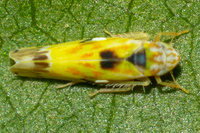 | Photo by: Scott Bolick
Wilkes Co.
Comment: |  | Photo by: Kyle Kittelberger
Wake Co.
Comment: mixed hardwood forest |
 | Photo by: Kyle Kittelberger, Brian Bockhahn
Transylvania Co.
Comment: male |  | Photo by: Kyle Kittelberger, Brian Bockhahn
Transylvania Co.
Comment: male |
 | Photo by: John Rosenfeld
Out Of State Co.
Comment: | 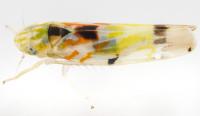 | Photo by: John Rosenfeld
Out Of State Co.
Comment: |
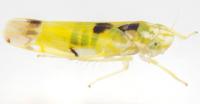 | Photo by: John Rosenfeld
Out Of State Co.
Comment: female | 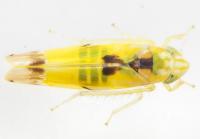 | Photo by: John Rosenfeld
Out Of State Co.
Comment: female |
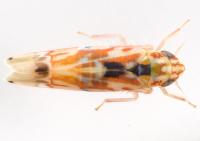 | Photo by: John Rosenfeld
Out Of State Co.
Comment: | 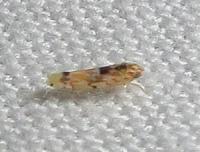 | Photo by: J. Allen Ratzlaff
Buncombe Co.
Comment: |
|

 »
»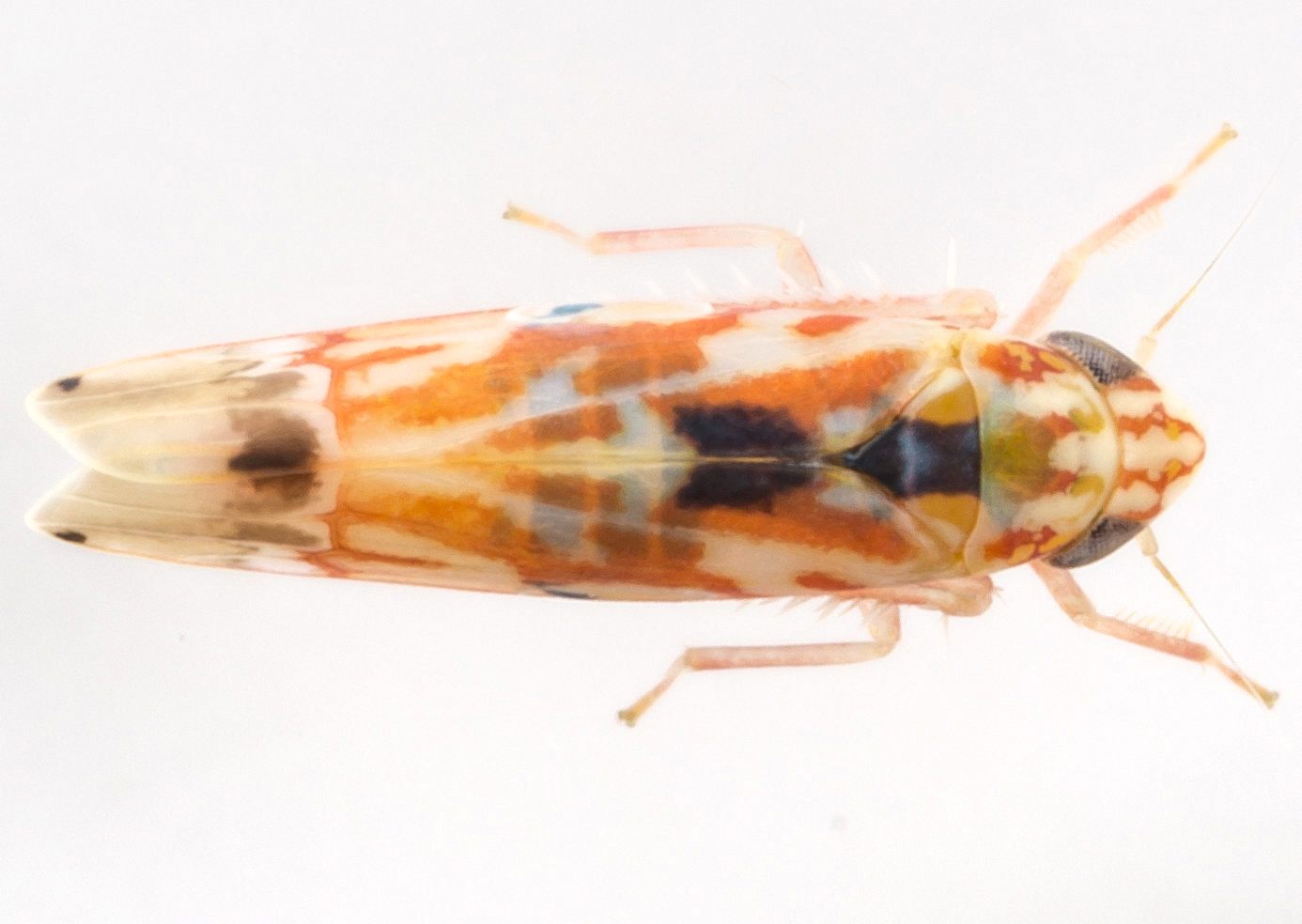
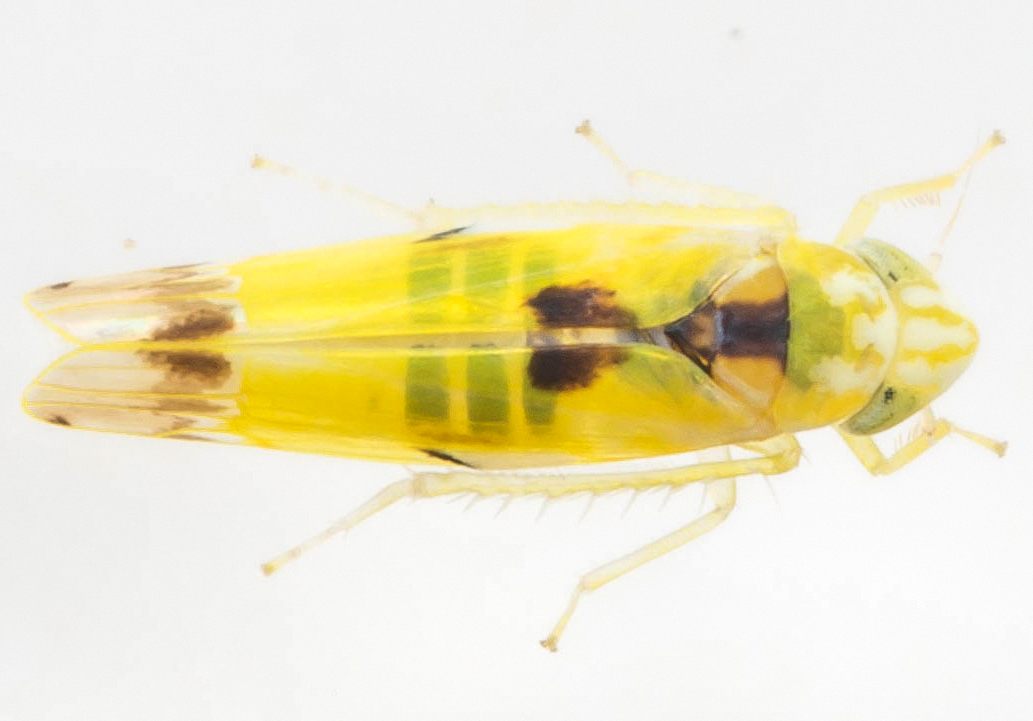
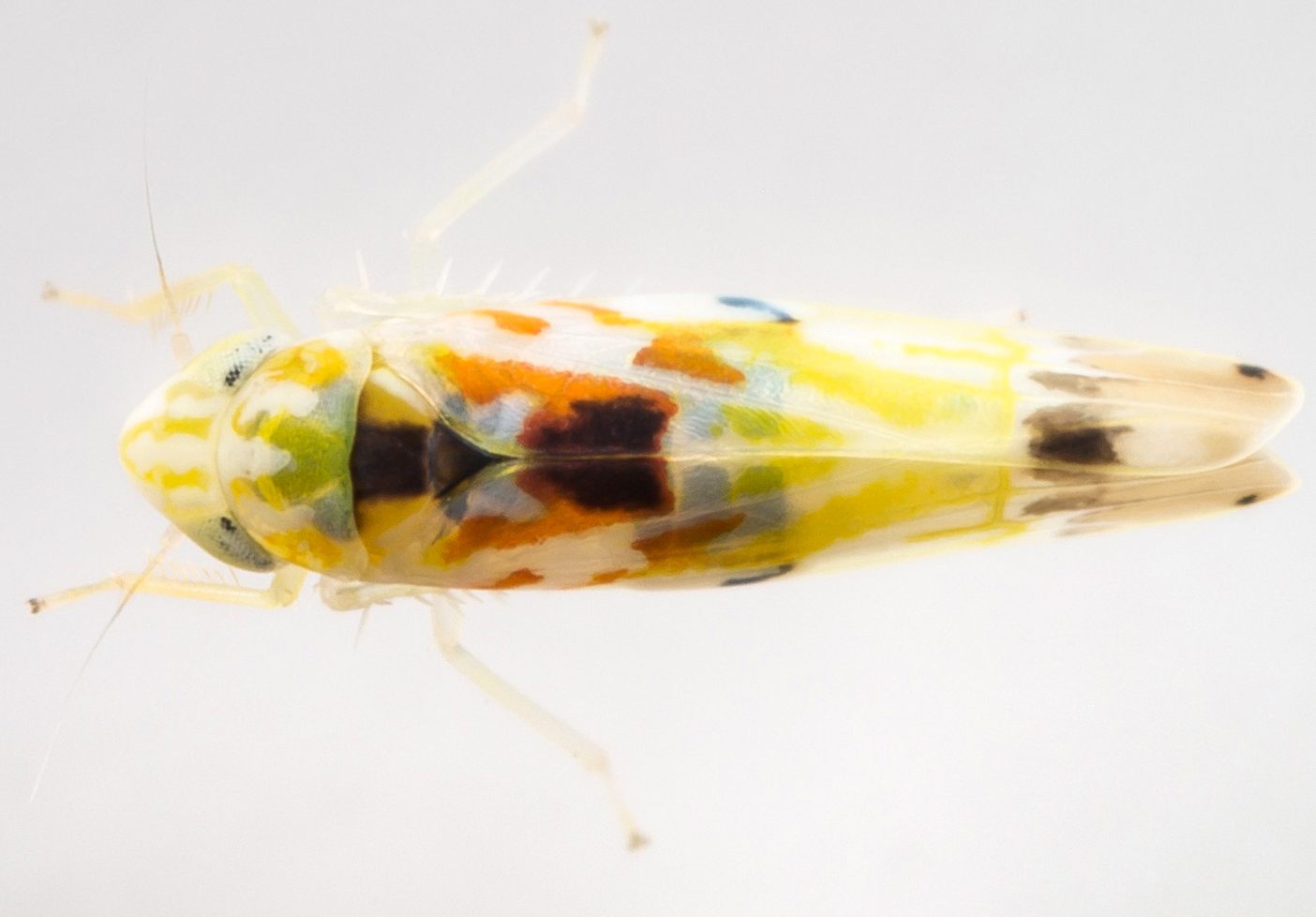
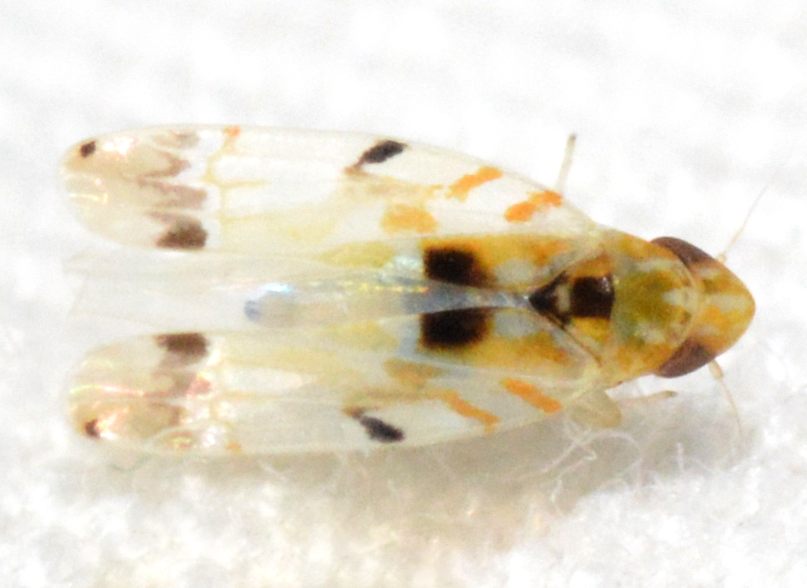

 »
»


